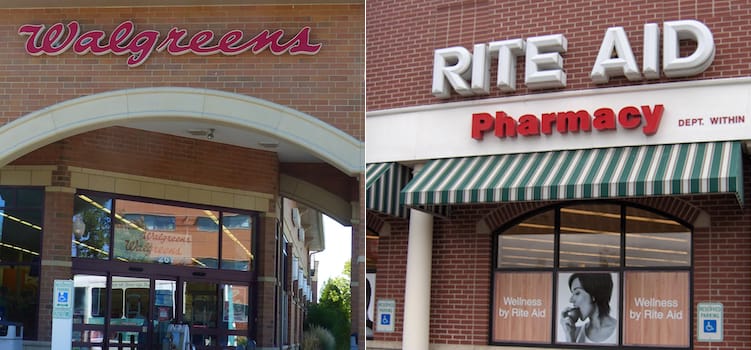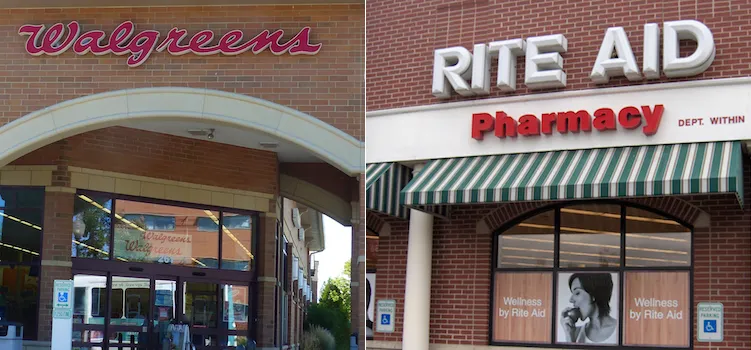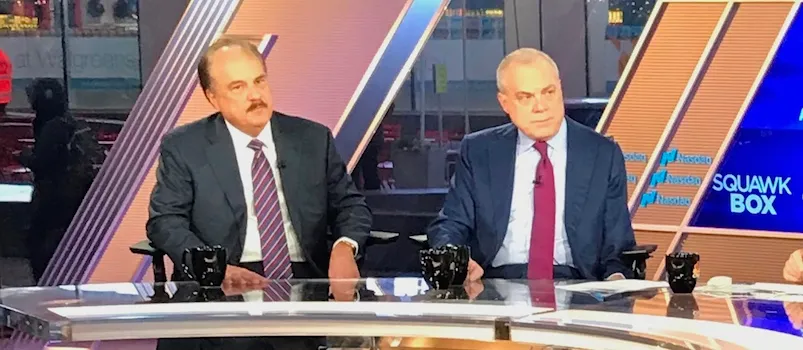
DEERFIELD, Ill. — Walgreens Boots Alliance Inc. (WBA) is developing the picture of its future store base after turning the page on a nearly two-year process triggered by its proposed merger with Rite Aid Corp.
Beginning next spring, WBA plans to shut 600 stores under an 18-month program to rationalize its U.S. drug store network following its $4.375 billion purchase of 1,932 Rite Aid stores, three distribution centers and related assets. The deal, announced in June, gained Federal Trade Commission approval in September.
“We’re delighted to be completing this transaction, which will extend our network, particularly in the Northeastern and Southern states,” WBA executive vice president and global chief financial officer George Fairweather said late last month in a conference call on WBA’s fiscal 2017 results. “In the past week, we’ve acquired the first stores to confirm the operational readiness of the key Rite Aid transitional IT systems. We will then begin acquiring stores in phases, with completion anticipated in spring 2018.”
Stefano Pessina, executive vice chairman and chief executive officer, noted in the call that although the transaction changed from a planned Walgreens-Rite Aid merger to a smaller asset acquisition, the deal brings WBA significant value in greater scale and efficiency.
“In September, we saw in the U.S. our acquisition of assets from Rite Aid move from review to execution, a process that I will not deny took us far longer and was far more complicated than I had expected,” Pessina told analysts.
“We were always optimistic that a deal could be structured in a way that would be acceptable to all parties,” he said. “While the deal we ended up doing was very different from what we originally announced, it was not so very different from what I had originally envisioned.”
Integration of the Rite Aid stores — including rebranding to the Walgreens banner — will cost an estimated $750 million, WBA said. The company also is earmarking about $500 million for store conversions and related activities.
“To deliver the full benefit of the acquisition, we must of course fully integrate and rebrand the retained stores into the Walgreens network. This is a relatively complex, time-consuming and costly process. Initially, Rite Aid is providing transitional services for all acquired stores,” Fairweather said. “Over time, we will transfer these stores onto Walgreens’ existing IT systems prior to rebranding as Walgreens with our full retail offer. We expect to complete the integration of the acquired stores and related assets within the next three years.”
WBA said it expects the Rite Aid asset sale to yield $300 million in annual synergies, fully realized within four years of the initial closing of the transaction and coming mainly from procurement, cost savings and other operational issues.
WBA’s store optimization initiative stems from a sweeping review of its U.S. store network after the FTC green-lighted the Rite Aid asset purchase. “Following regulatory clearance, we have been able to complete a comprehensive review of the combined store portfolio to determine the scope for optimizing locations,” Fairweather said. “This has resulted in our decision to close approximately 600 stores and related assets over an 18-month period beginning in spring 2018.”
Alex Gourlay, co-chief operating officer of WBA, said in the call that stores earmarked for closure are mainly Rite Aid locations near Walgreens stores. “The vast majority of these closures will be Rite Aid and are actually within one mile of another drug store that we own,” he explained.
Pretax charges from the store optimization plan, on a GAAP basis, will total about $450 million, mostly in cash, WBA stated. Cost savings from the program are forecast at roughly $300 million annually and are expected to be fully realized by the end of fiscal 2020.
“I am pleased we are finally able to get on with the process of bringing these stores into our group,” Pessina said, “and undertaking the next phase of review and transformation work within our U.S. network.”







